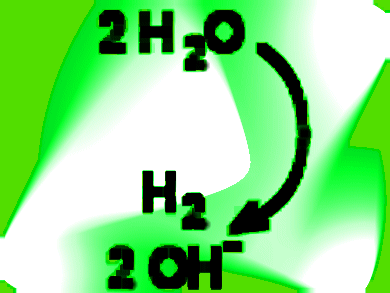The search for water-splitting photocatalytic systems continues to be of importance in the quest for sustainable solar energy collection and storage. To this end, several catalytic systems for solar hydrogen production have been developed. The performance of water reduction systems based on an Ir(III) bis-2-phenylpyridine 2,2′-bipyridyl photosensitizer architecture, colloidal platinum catalyst, and triethylamine as a sacrificial reductant is limited by photolytic photosensitizer degradation.
A series of novel Ir(III) luminophores containing pendant pyridyl moieties that allow for adsorption onto metal surfaces has been synthesized by Brian F. DiSalle, Princeton University, New Jersey, USA, and Stefan Bernhard, Carnegie Mellon University, Pittsburgh, Pennsylvania, USA.
These photosensitizers were evaluated in water reduction photoreactions and were found to exhibit higher stability than photosensitizers that exhibited similar photophysical properties but lacked adsorbing moieties.
- Orchestrated Photocatalytic Water Reduction Using Surface-Adsorbing Iridium Photosensitizers,
Brian F. DiSalle, Stefan Bernhard,
J. Am. Chem. Soc. 2011.
DOI: 10.1021/ja201514e



